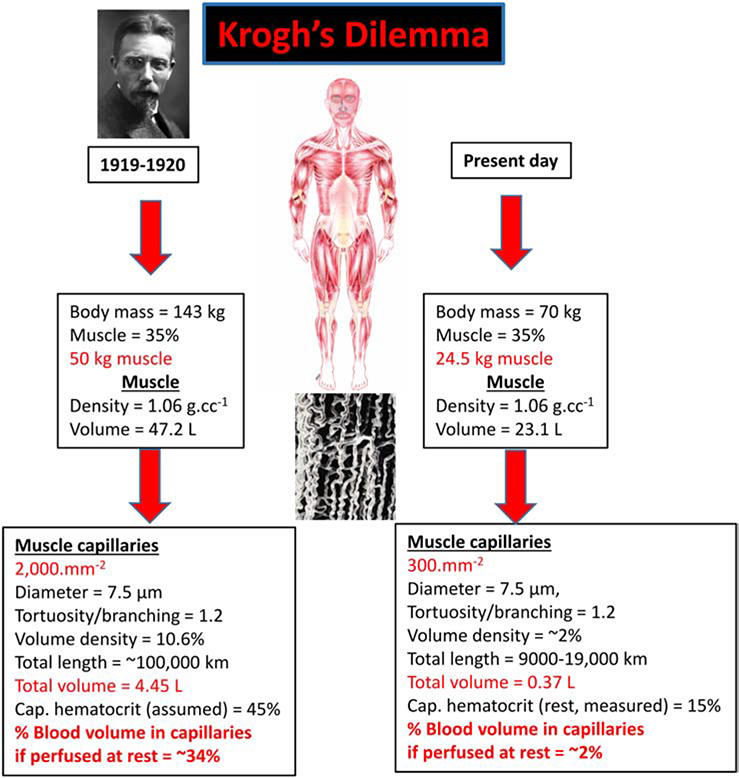Figure 1. Krogh’s dilemma that helped formulate the capillary recruitment hypothesis.
Left side: When Krogh calculated the total length of capillaries in skeletal muscle (17, page 10) he arrived at a total length of 100,000 km which captured the attention of scientists and school children the world over by being sufficient to circumscribe the Earth nearly three times at the equator! His calculation used a capillary density of 2,000.mm−2, a value several-fold higher than human muscle (24) and also considered an individual with 50 kg of skeletal muscle (which is possible, but extraordinary). This yielded a prodigious total capillary volume and Krogh, without evidence to the contrary, considered that capillaries contained the same hematocrit as systemic blood (i.e., ~45%). Krogh’s model of capillary recruitment was his solution to the hemodynamic infeasibility of devoting a third of total blood volume to the skeletal muscle capillary bed at rest. Right side: Using contemporary values for quadriceps muscle capillary density and a more reasonable estimate of skeletal muscle mass together with the substantially lower capillary hematocrit (~15%) measured in rodent muscles at rest (5,24,26), the blood volume devoted to the almost fully-perfused capillary bed is only ~2% of total blood volume.

